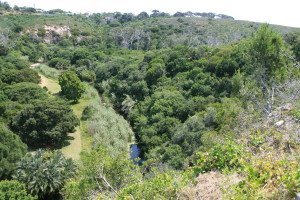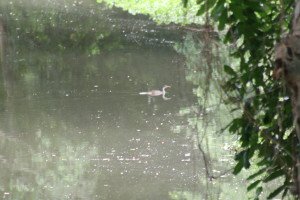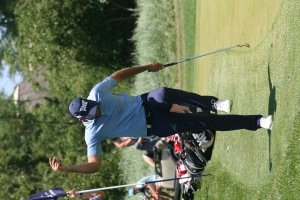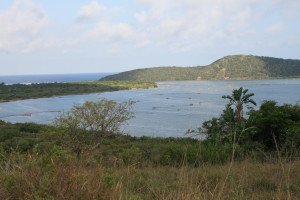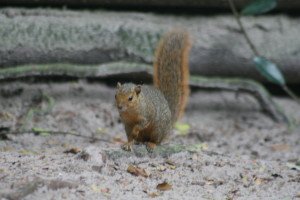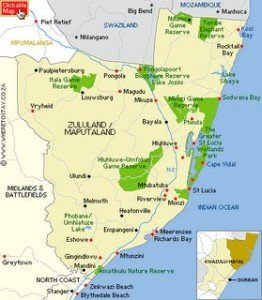Settlers Park Nature Reserve 0
The Settlers Park Nature Reserve is situated in the Baakens River Valley in Port Elizabeth and while there are steep cliffs on the northern side of the river, the opposite side provides the opportunity to climb a path into the Eastern Cape Fynbos.
I was making my way up one of the steeper sections when I heard a strident kek kek kek kek repeatedly coming from nearby, which I presumed to be the alarm call of a francolin. So of course, once I had stealthily approached the area the call was coming from, I began looking on the ground, amongst the grasses and shrubs.
And yet I could not spot any francolin … so I began casting my eyes higher up and there, in a low tree, sat the most unexpected source of the ongoing call, continuing to badger me for daring to invade its space.
A Peregrine Falcon which had possibly flown across from the cliffs on the other side of the river on a hunting foray and was now complaining at me in persistent fashion, perhaps because it had not been a successful trip. After some minutes the magnificent, endangered predator gave me one last glare with its large, ruthless eyes and then took off to head back towards the cliffs.
The Peregrine Falcon is often seen along the valley but it was still a very pleasant surprise to see one perched and being so vocal.
Plenty of other birds frequent the pools, reeds and bush around the Baakens River and, upon descending from the main car park there was lots of activity around one of the drifts across the river. Cape Wagtail and Streakyheaded Canary were bathing and then flew into the protection of a tree next to the water, while Malachite Kingfisher disappeared down the river in a flash of ultramarine blue.
Southern Red Bishop and Southern Masked Weaver were busy in the reeds, while Levaillant’s Cisticola was more secretive but present in good numbers. Bronze Mannikin were also attracted to the water, while the deeper pools boasted Reed Cormorant, Egyptian Goose, Grey and Blackheaded Heron.
Being the Eastern Cape, there is obviously valley bushveld around and these thickets held Olive Thrush, with a juvenile deeply concealed, Speckled Mousebird, Blackeyed Bulbul, Barthroated Apalis, Knysna Lourie and Sombre Bulbul.
The more open areas on the hilltops feature clumps of bush and Fiscal Flycatcher, Fiscal Shrike and Pintailed Whydah can be seen here, while Kelp Gull and Cape Crow fly overhead.
A Small Grey Mongoose was seen darting across one of the paths on the hillside and, on the return back up the hill to the main car park, just waiting quietly brought a Forest Canary at close quarters.
Where is Settlers Park Nature Reserve?
Sightings list
Olive Thrush
Reed Cormorant
Laughing Dove
Forktailed Drongo
Southern Red Bishop
Southern Masked Weaver
Cape Wagtail
Streakyheaded Canary
Malachite Kingfisher
Fiscal Flycatcher
Peregrine Falcon
Kelp Gull
Fiscal Shrike
Cape Crow
Speckled Mousebird
Blackeyed Bulbul
Levaillant’s Cisticola
Barthroated Apalis
Small Grey Mongoose
Knysna Lourie
Egyptian Goose
Grey Heron
Bronze Mannikin
Sombre Bulbul
Blackheaded Heron
Pintailed Whydah
Forest Canary
